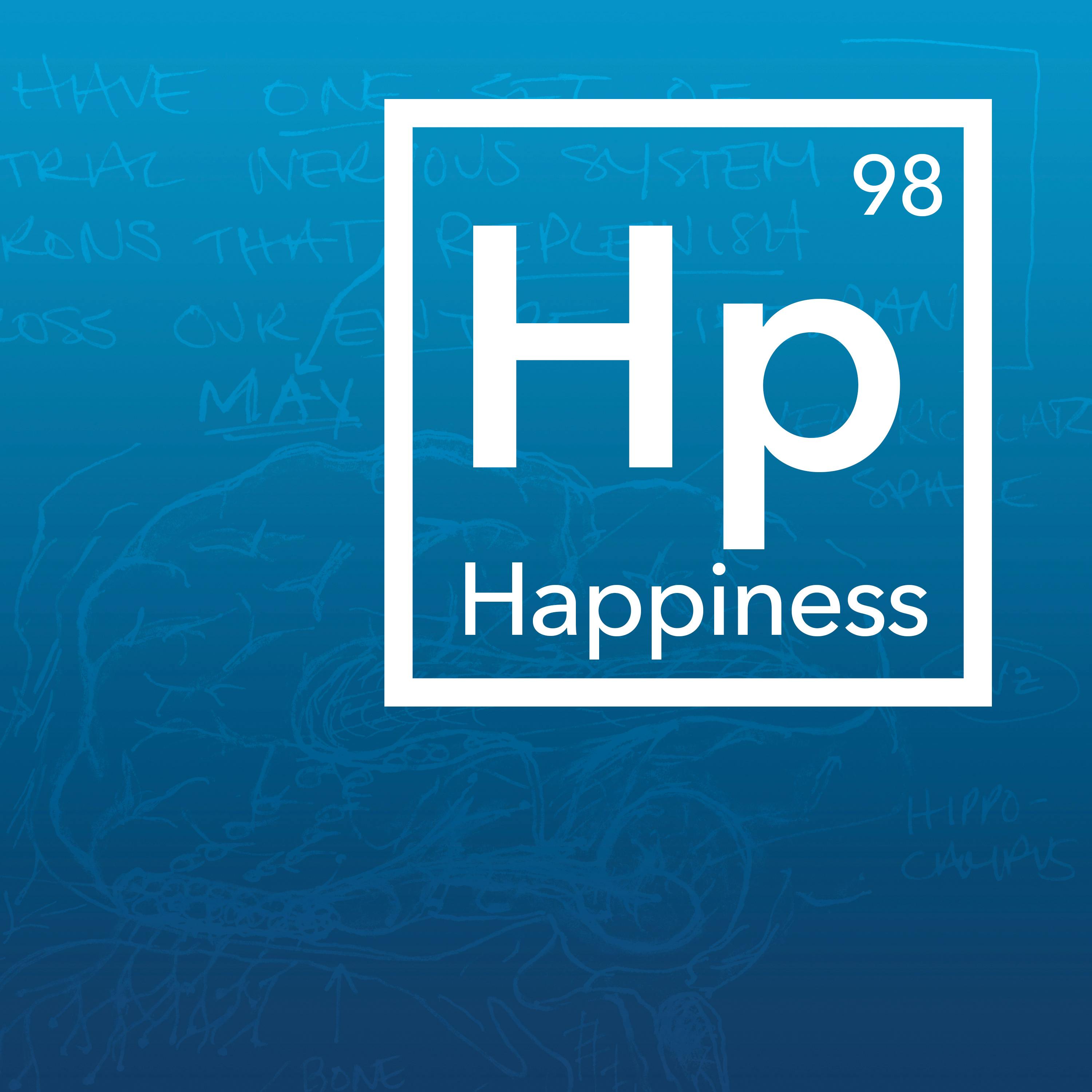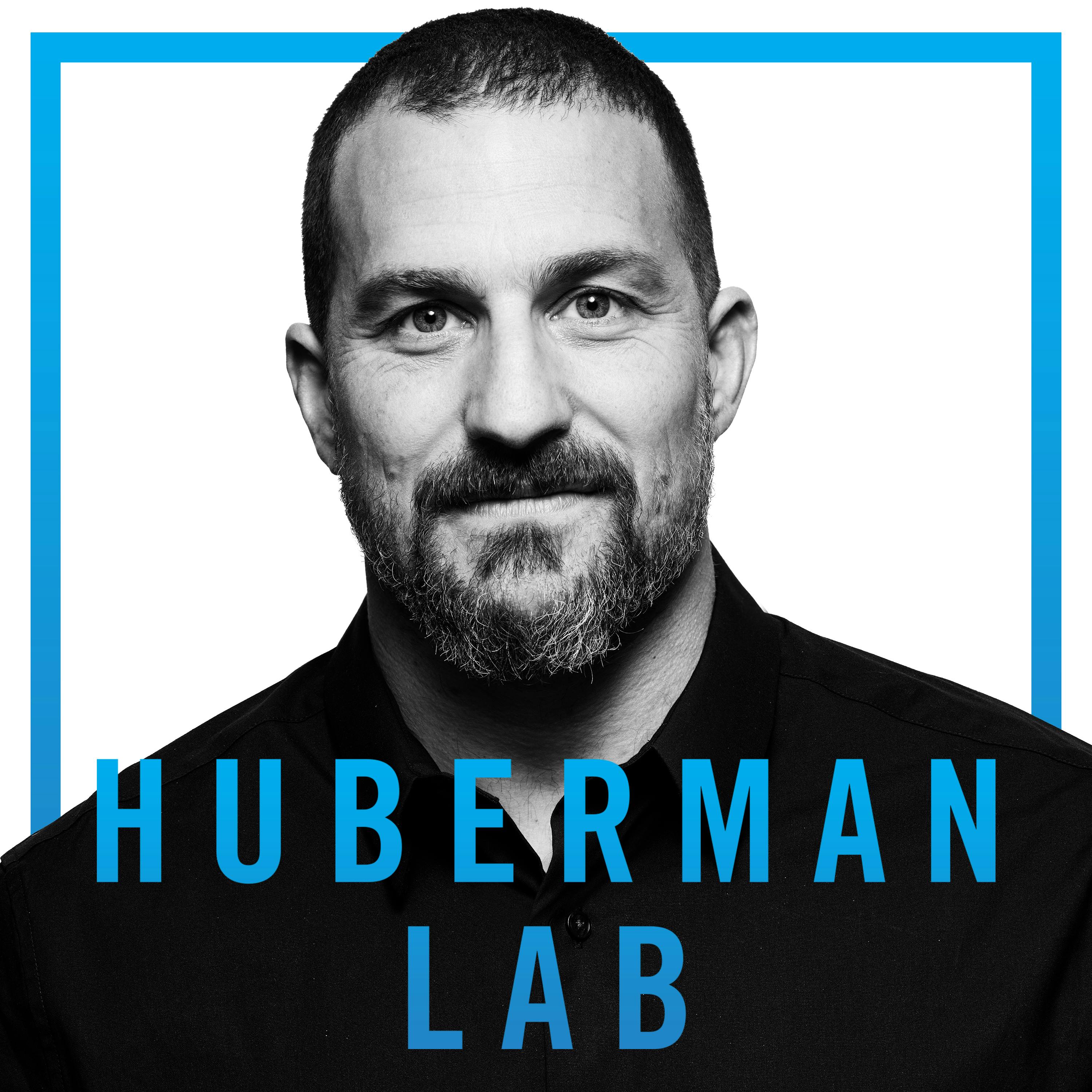
Science-Based Tools for Increasing Happiness

Huberman Lab
Deep Dive
Why is language often an inadequate tool for describing internal states like happiness?
Language lacks precision in describing internal states, making it difficult to convey or understand others' feelings accurately. Terms like 'happiness' or 'joy' are imprecise and can mean different things to different people.
How do neurotransmitters and neuromodulators influence happiness?
While there is no single neurotransmitter or combination that defines happiness, chronically low levels of dopamine and serotonin are associated with lower self-reported happiness. Conversely, elevated levels of these chemicals are linked to higher mood and a sense of possibility.
What are the key findings from the Harvard Happiness Project?
The Harvard Happiness Project found that income alone does not predict happiness once basic needs are met. Social interactions and peer groups play a significant role in determining happiness. Work, sense of meaning, and quality social connections are critical factors.
How does income impact happiness, according to the Harvard Longitudinal Study?
While income itself does not directly correlate with happiness past a certain level, it can buffer stress and provide access to social interactions and activities that enhance happiness. The relative income to cost of living and peer group influence are important factors.
What role does work play in happiness?
Work can bring a sense of meaning and provide resources that buffer stress and enhance social interactions. However, the amount of work does not directly determine happiness, especially if it leads to social isolation or lack of time for other activities.
How does the concept of synthetic happiness differ from natural happiness?
Synthetic happiness is self-created through deliberate actions and mindset, such as focusing on social connections or being present in activities. Natural happiness is typically associated with obtaining external rewards or goals.
What are some tools for increasing synthetic happiness?
Tools for synthetic happiness include creating a pleasant environment, engaging in gratitude practices, focusing on activities, and fostering quality social connections. These actions help synthesize happiness internally without relying on external rewards.
Why do people often report lower levels of happiness on their birthdays?
People tend to evaluate their life progress and compare themselves to their peers on their birthdays, leading to feelings of dissatisfaction with unaccomplished goals, which can reduce happiness.
How does physical contact contribute to happiness?
Physical contact, such as allogrooming, stimulates C-tactile fibers in the skin, increasing oxytocin levels, which promote feelings of bonding and wellbeing. This is evident in human-animal interactions and human-human interactions.
What is the relationship between choice and happiness?
Having freedom of choice increases happiness, but once a choice is made, limiting other options enhances satisfaction with that choice. Ongoing choices can fragment reward circuitry, reducing overall happiness.
- Happiness is a complex state involving brain and body states.
- Neurotransmitters and neuromodulators play a role in happiness, but no single chemical defines it.
- Synthetic happiness involves concrete steps to obtain happy states more readily.
Shownotes Transcript
I explain the science of happiness, including the different types of happiness and how our actions, circumstances and mindset control them. While it is difficult to standardize happiness from one person to the next, I outline a structured framework of what is critical to increasing your innate “natural happiness,” including financial security, purposeful work and relationships, and I explain specific tools to increase internal happiness (so-called “synthetic happiness”). I review how specific types of human connection and attention to our choices (or lack thereof) can increase or undermine our level of happiness. I also discuss the importance of certain types of physical contact, gratitude, financial choices and volunteer contributions that research shows can maximize happiness. And I discuss how factors such as children, pets, physical well-being, substance use, prior traumas and life-phase milestones affect our quest for and depth of happiness.
For the full show notes, visit hubermanlab.com).
Thank you to our sponsors
Athletic Greens: https://athleticgreens.com/huberman)
LMNT: https://drinklmnt.com/huberman)
Supplements from Momentous
https://www.livemomentous.com/huberman)
Timestamps
(00:00:00) Happiness
(00:06:27) Tool: Light Exposure Timing & Brightness Timing
(00:14:30) Sponsor: LMNT
(00:17:51) Imprecise Language for Happiness
(00:20:26) Happiness: Neuromodulators & Neurotransmitters
(00:26:32) Harvard Happiness Project
(00:29:22) Income & Happiness; Social Interactions & Peer Group
(00:37:20) Work, Sense of Meaning & Happiness
(00:40:13) Toolkit for General Wellbeing
(00:43:06) Happiness Across the Lifespan, Does Having Children Make Us Happier?
(00:47:20) Sponsor: AG1
(00:50:20) Birthdays & Evaluated Happiness
(00:52:45) Smoking, Alcohol & Happiness
(00:54:23) Trauma & Happiness, Lottery Winner vs. Paraplegic Accident
(01:05:05) Synthesizing Happiness
(01:09:18) Natural Happiness & Synthetic Happiness; Music
(01:13:45) Tool: Synthesizing Happiness: Effort, Environment & Gratitude
(01:24:50) Tool: Pro-Social Spending/Effort, Happiness
(01:31:55) Tool: Focus, Wandering Mind & Meditation
(01:39:40) Tool: Quality Social Connection
(01:41:28) Brief Social Connection, Facial Recognition & Predictability
(01:46:33) Deep Social Connection, Presence & Eye Contact
(01:54:00) Physical Contact & Social Connection, Allogrooming, Pets
(02:03:00) Freedom & Choice; Synthetic Happiness
(02:11:57) Happiness Toolkit
(02:22:00) Zero-Cost Support, YouTube Feedback, Spotify & Apple Reviews, Sponsors, Neural Network Newsletter, Social Media
Title Card Photo Credit: Mike Blabac)